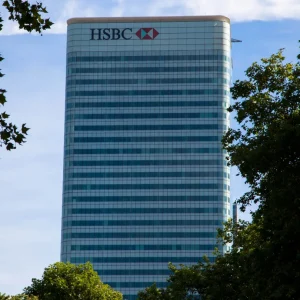BofA Merrill Lynch Global Research said that the index is designed to help investors identify market risks earlier and more accurately than commonly used risk indicators, such as the VIX index.
The GFSI composite index aggregates over 20 measures of stress across five asset classes and various geographies, measuring three separate kinds of financial market stress: risk, as indicated by cross-asset measures of volatility, solvency and liquidity; hedging demand, implied by the skew of equity and currency options; and investor appetite for risk, as measured by trading volumes as well as flows in and out of equities, high-yield bonds and money markets.
BofA Merrill Lynch Global Research chief global equity strategist Michael Hartnett said since the global financial crisis, risk appears to have become as important to investors as return, the GFSI measures risks not normally visible in public markets by incorporating assets trading in the over-the-counter market.
"We believe its breadth and depth make it a better measure of financial market stress than the VIX, which is based on US options data alone," Hartnett said.
The GFSI’s sub-components illustrate differences in market, solvency, liquidity, and tail risk that are priced daily into financial markets. This can help uncover relative value opportunities across assets and their derivatives, as well as allow investors to identify the cheapest tail hedges, according to BofA Merrill Lynch.
Differences between sub-indices measuring investment flows and broader market health can also help detect significant market turning points and contrarian ‘buy’ signals.
Currently, the GFSI is 0.26 which indicates marginally elevated market stress. The Flow sub-index touched a two-year low earlier this month indicating large inflows into risky assets and out of money market funds.
This optimistic positioning contrasts with stress levels signaled by both the Risk and Skew sub-indices, which remain elevated. The last time such a similar discrepancy between Skew and Flows occurred was in April 2010, just before a sharp decline in the S&P 500.
The BofA Merrill Lynch Global Research franchise covers over 3,200 stocks and 860 credits globally.






